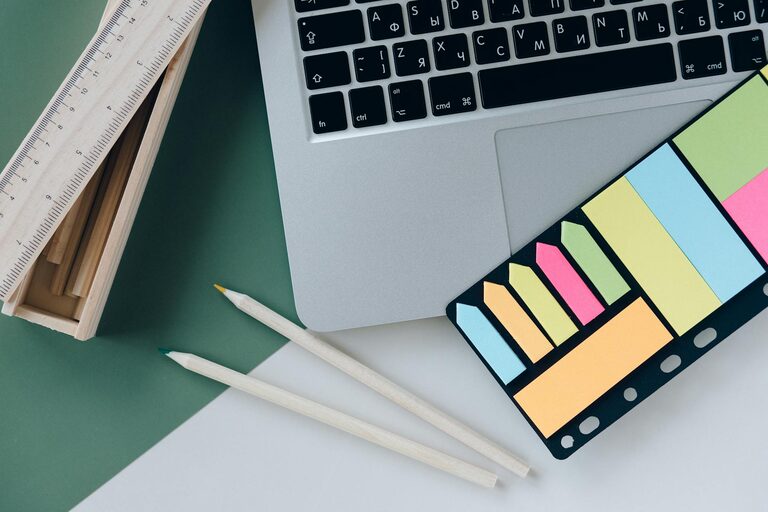Keeping your home organized can sometimes feel overwhelming, especially when paper clutter starts to pile up. Receipts, mail, bills, and school papers can quickly take over desks, countertops, and drawers if not managed regularly. Fortunately, reducing household paper clutter doesn’t have to be complicated. With a few simple strategies, you can keep your space tidy and make paper management much easier. In this post, we’ll explore practical tips to help you reduce paper clutter effectively.
Why Reducing Paper Clutter Matters
Paper clutter can make your home feel chaotic and stressful. It often leads to lost documents, missed bills, or misplaced important information. Reducing paper clutter not only creates a cleaner environment but also saves time when you need to find something important. Plus, cutting down on excess paper supports eco-friendly habits by reducing waste.
Start With a Clear Plan
Before diving into the decluttering process, it’s helpful to have a plan:
– Set aside dedicated time to sort through your papers.
– Gather necessary tools like file folders, labels, a shredder, and storage boxes.
– Define categories for papers (e.g., bills, personal documents, schoolwork).
– Decide what to keep, toss, or digitize.
Having a clear plan keeps the process manageable and less overwhelming.
Sort and Categorize Your Papers
Sorting is the first step toward reducing paper clutter:
- **Gather all loose papers** from around the house.
- **Sort into broad piles** such as:
– Important documents (birth certificates, tax forms)
– Bills and financial statements
– Junk mail and advertisements
– School or work papers
– Receipts
– Miscellaneous notes or flyers
Take your time during this step. Categorizing papers properly will make the next steps more efficient.
Create a Paper Management System
Once papers are sorted, establish a system to manage incoming and existing papers:
Use a Filing System
Invest in a simple filing system with folders and labels. You can organize files by category, date, or importance. For example:
– Personal documents
– Utilities and bills
– Medical records
– Education and school papers
– Receipts for warranty or tax purposes
Store files in a designated drawer or filing cabinet to keep them accessible but out of the way.
Set Up an Incoming Paper Station
Create a spot near your mailbox or entryway to handle incoming papers immediately. Use trays or baskets labeled for:
– To be filed
– To be acted upon (e.g., bills to pay)
– Junk mail for quick recycling
Processing papers daily or weekly prevents buildup and helps maintain order.
Go Digital Where Possible
Digitizing documents reduces physical clutter and makes papers easier to find:
– Scan important papers and save them in organized folders on your computer or cloud storage.
– Use apps designed for document scanning to quickly capture receipts, bills, and notes.
– Opt for paperless billing and statements when available.
– Maintain a secure backup of your digital files to avoid losing important information.
Digital documents take up no physical space and can be searched quickly.
Regularly Declutter and Purge
Reducing paper clutter is an ongoing task. Schedule regular sessions to:
– Review and shred unnecessary papers, especially anything with personal information.
– Recycle junk mail immediately.
– Purge outdated or irrelevant files.
– Update your filing system as needed.
Making decluttering a habit prevents papers from piling up again.
Minimize Paper Use from the Start
The best way to reduce clutter is to prevent it:
– Sign up for electronic subscriptions for magazines and newsletters.
– Unsubscribe from unwanted mailing lists and catalogs.
– Encourage family members to forward important mails digitally.
– Use note-taking apps instead of paper notes.
– Keep a small notepad for necessary hand-written notes but review and recycle them promptly.
These habits reduce the influx of papers in your home.
Organize Receipts and Coupons Efficiently
Receipts and coupons are common clutter culprits:
– Sort receipts into categories such as tax-deductible, warranties, or everyday expenses.
– Store them in clear envelopes or binder pockets.
– Regularly discard receipts that are no longer needed.
– Keep coupons in one small, designated pouch or box and clear expired ones regularly.
Make Decluttering Fun and Sustainable
Decluttering doesn’t have to be a chore:
– Play your favorite music or listen to a podcast while organizing.
– Reward yourself after completing milestones.
– Repurpose paper by using the blank sides for lists or crafts.
– Donate or recycle papers responsibly to reduce environmental impact.
Conclusion
Reducing household paper clutter is achievable with simple, consistent steps. By sorting, creating effective systems, embracing digital tools, and maintaining regular habits, you can enjoy a clutter-free, organized home. Start small, stay consistent, and watch as your space becomes calmer and more manageable. Remember that the key is setting up routines that fit your lifestyle and sticking with them over time.
With these tips, your paper clutter will be a thing of the past!

